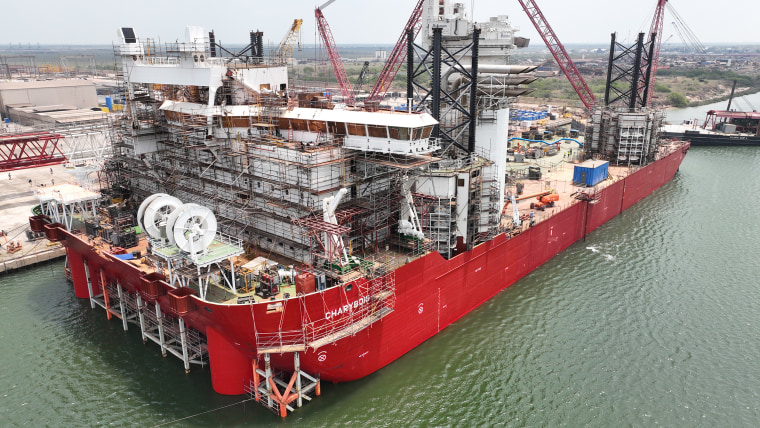Following the election, the onset of a remarkable piece of President Biden’s renewable energy strategy is set to launch: the further development and utilization of offshore wind energy. Biden’s administration has a lofty goal in mind – supplying power to approximately 10 million homes by 2030, strictly using offshore wind. This initiative forms a cornerstone of the President’s comprehensive strategy, aimed at combatting climate change while promoting job growth in renewable energy sectors.
The United States has been late to the offshore wind energy party that has been embraced by Europe and China, with only one operational offshore wind farm. Nevertheless, the incoming administration’s poignant emphasis on wind energy indicates a proactive attempt to catch up. With projects already slated along the eastern seaboard, a substantial expansion of this industry is anticipated shortly.
In support of this, the Biden administration recently announced a comprehensive plan that would open up the waters between Long Island and New Jersey to wind farms. These wind energy areas could potentially support up to 25,000 development and construction jobs from 2022 to 2030, and an additional 7,000 community-supporting positions by 2030 – thus, marrying clean energy objectives with employment growth.
Part of the strategy to achieve this ambitious offshore wind energy target is to accelerate permitting processes and provide billions in loan guarantees. Currently, several projects are lined up, with commitments issued by various states to purchase the power generated. The Vineyard Wind, a joint venture between the companies Avangrid Renewables and Copenhagen Infrastructure Partners, is expected to receive a federal permit by December. It will be Massachusetts’s first offshore wind farm, providing renewable energy for over 400,000 homes and businesses and reducing carbon emissions by over 1.6 million tons per year.
However, the execution of this plan isn’t devoid of challenges. Developing offshore wind energy infrastructure will necessitate confronting regulatory hurdles, overcoming technical issues, navigating the rights of local coastal communities and maritime industries, and mitigating possible negative impacts on marine life. In addition, the lack of a domestic supply chain to support the wind energy sector could potentially hamper its growth. The government will need to devise policies that encourage domestic companies to venture into this space.
Also, successful implementation will require a synergistic blend of local, state, and federal cooperation. The federal government will need to work closely with states that have put forth their independent wind energy goals. Simultaneously, the local governments will need to balance the benefits of clean energy and job creation against the possible environmental implications and the concerns of local communities.
In conclusion, President Biden’s ambitious yet achievable offshore wind energy goal symbolizes the country’s shift towards renewable energy sources – a stride in addressing climate change and promoting economic development. To ensure successful execution, however, it is critical that potential challenges are acknowledged and adequately addressed. With comprehensive planning and robust collaboration across varying government levels and sectors, the United States will soon be looking towards the horizon as offshore wind farms hum with the generation of clean, renewable energy.




